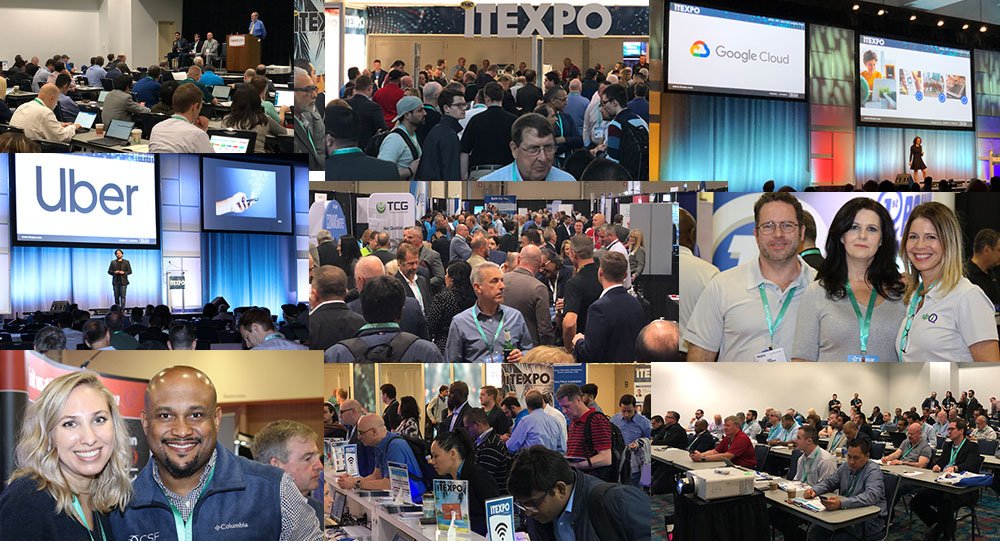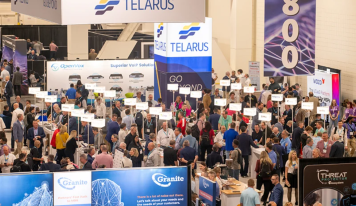There has been a lot of talk recently about Six Sigma being dead. This management philosophy championed by CEO Jack Welch as his company GE grew to became a $594 billion corporation in August of 2000. As of this writing, the company’s market cap was under $79 billion and this week, the company froze pensions.
It isn’t tough to see why any objective person may have doubts about this Six Sigma which is roughly defined as:
A method that provides organizations tools to improve the capability of their business processes. This increase in performance and decrease in process variation helps lead to defect reduction and improvement in profits, employee morale, and quality of products or services.
asq.org
Recently the site QZ under the very capable leadership of Publisher Jay Lauf had a controversial article about what happened to Six Sigma. It describes the need for Six Sigma – a U.S. reaction to superior quality control from Japanese competitors.
A cost-benefit analysis showed that improving GE from three or four sigma to six would save the group between $7 billion and $10 billion annually, or the equivalent of 10 to 15% of annual revenue.
Once everything came together, I went nuts about Six Sigma. With that opportunity [for savings], it wasn’t rocket science for us to take a big swing.
Jack Welch
To drive home its importance, Welch determined that 40% of employees’ bonuses would be tied to Six Sigma and that stock options would be reserved only for managers in black belt training.
By 2001, GE boasted that some 80,000 employees had received Six Sigma training (pdf), and completed 500,000 Six Sigma projects since the system was adopted.
It seemed to produce results. In the five years to 2001, GE’s annual profit increased by 66%, to $13.6 billion. The spotlight turned to Welch, and the countless profiles and articles that trumpeted his management savvy inevitably discussed the central role of Six Sigma. Once Welch left, the company rapidly went downhill.
This may be the most controversial part of the article:
Elsewhere, interest in Six Sigma has waned in part because it was successful: American manufacturing has reduced its defects, and quality is no longer a top-level concern. “In core manufacturing, you can say we’ve wrung out if it what we can wrung out of it,” says Rob Toole, a partner at Kona HR Consulting. “Now, software drives the process.”
Whether quality is no longer a top-level concern is certainly debatable. Certainly, when autonomous cars start killing people in significant numbers, this statement could be put to the test. Ditto for let’s say, the Boeing 737 Max.
This, of course, is not to take anything away from Rob. He is spot on with his comment about software driving the process.
In an exclusive interview with John Parr, founder of Geminio Digital, we had a chance to discuss how his company is helping companies perform many of the old Six Sigma concepts but through automation. You may remember him from our past video interview when he was at WebRTC firm Crocodile.
By the way, Geminio comes from Harry Potter – it’s a spell for creating duplicates. The technology platform is GeminiOS.
Using digital twin organization or DTO, they create a virtual model of a company’s business and operational processes.
It synchronizes with the real world by receiving data from physical sensors, audio and video feeds, the company’s IT systems via event logs, APIs and software probes, and external sources such as partner APIs and websites.
It maintains a complete history of everything that happens by timestamping and storing all the data received from the real world. This is known as the Digital Thread. It’s a timestamped data lake that allows all past events to be reconstructed.
It uses automated Machine Learning to perform process and data mining and analytics by analyzing past behavior and simulating potential future behavior in what-if scenarios
It presents the analysis, explains recommended actions via a human-friendly visualization interface and even automatically reconfigures running processes
In a way, it creates an autonomous enterprise – this is a concept we’ve discussed before but with more of a network slant when we’ve written about Virtual Instruments and Extreme Networks.
Also, DTO is different from “digital twin” which our colleague Ken Briodagh described in this article which explains how GE has reproduced jet engines in software and can use the “twin” to identify the need for predictive maintenance.
The fact GE is so active in this space, shows how software really is to some degree replacing Six Sigma… But in this case, it allows for superior quality of operating equipment as break downs can be predicted and avoided.
According to John, the benefits of DTO include realtime feedback into how processes work and which ones are important for success. It allows organizations to have automated intelligence monitor its processes via process mining to improve efficiency. They take information from event logs, sensors and spot opportunities for improvement using automated ML.
Businesses can set targets for quality, the time needed to complete tasks, costs and profits.
Once a process is modeled, the system can determine better or more efficient ways of doing things to meet business objectives.
GeminiOS is being deployed at a major grocer in Germany.
It helps reduce lines to minimize frustration and cart abandonment as well as increasing customer loyalty. Shrinkage, where the average loss for convenience stores is 2%. Finally, delays due to bar code issues, cash handling and cashier inefficiency.
John explained they are looking to integrate video with other analytics data to improve the efficiency of DTO.
He also explained that in addition to automated processes, humans processes can be modeled as well. In this manner, AI can determine what the best humans do and use this information to improve how others work.
We’re pretty blown away by DTO. John and I discussed it for a while and realized the market is so big – it is impossible to put a number on it.
While Six Sixma might never die, we don’t see how it can improve on an effectively constructed, managed and executed DTO.
We’re in the process of inviting John to speak at ITEXPO Feb 12-14, 2020 in Fort Lauderdale. As you know, its the TECHSUPERSHOW and has numerous subevents under it. We believe DTO fits nicely under our Future of Work Expo (definition). It really represents how organizations of the future will operate. We invite you to register for the event now and we hope to see you soon.







